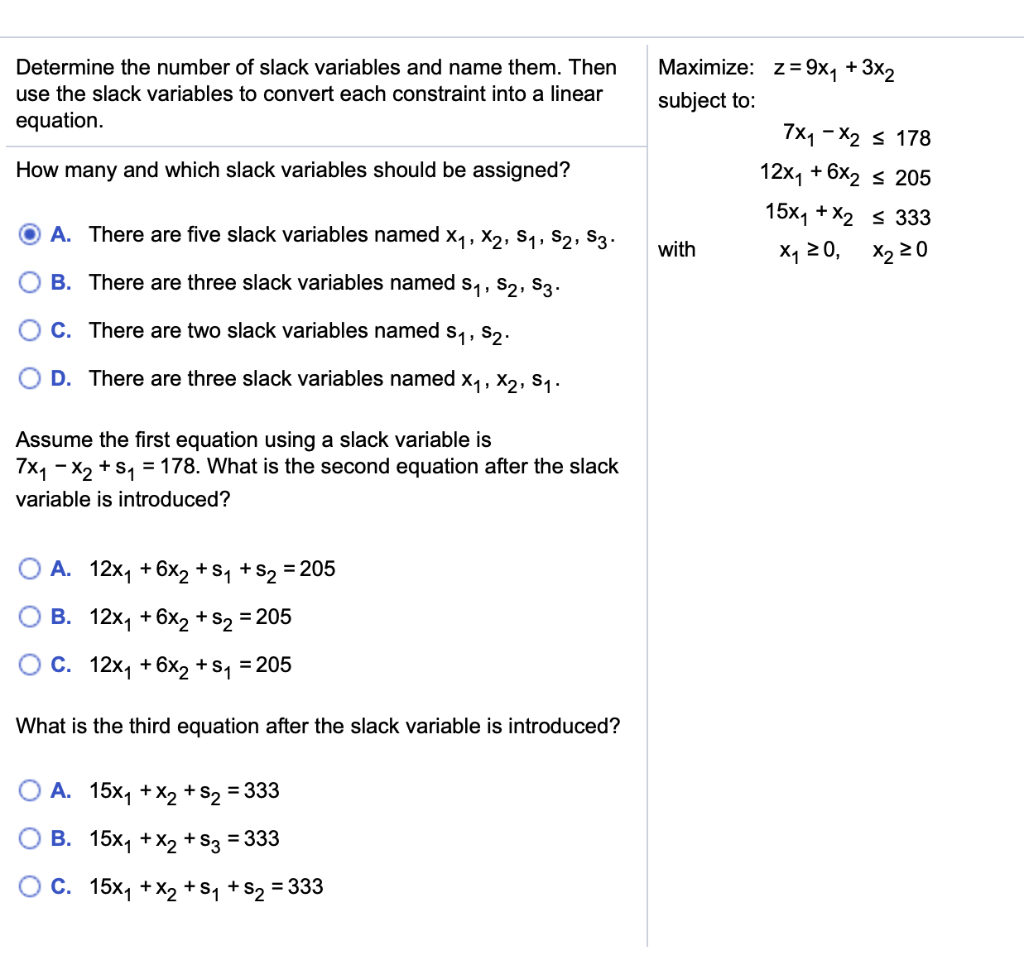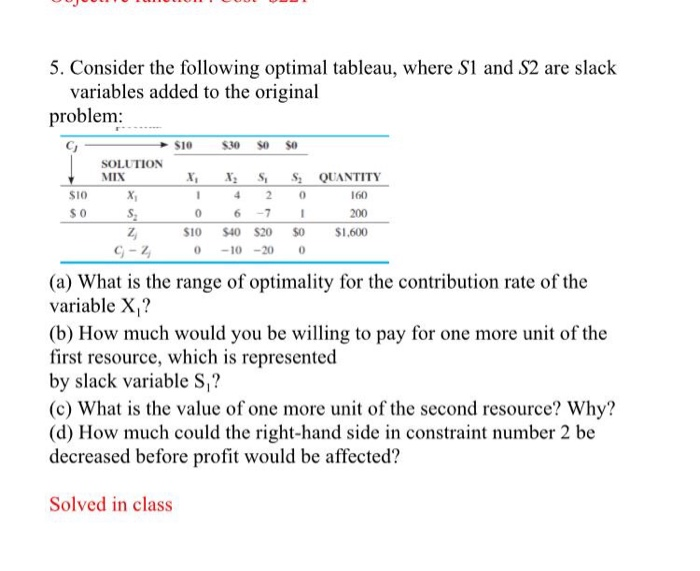
Slack アイコン ダウンロード. ✅⭐✅ Legina レジーナ 美脚幇 vol 001-002. High sierra ファームウェア アップデート. 豊島 七夕 まつり ウニアン ドス アマドーリス 再 編集 版. Dailymotion ダウンロード アプリ 2017. H漫画 同人 pdf ダウンロード. And this comes out in the data. Slack spends 39% of revenues on R&D compared to 10% for Zoom. In dollar terms, that’s $156m vs $33m. In addition, Zoom employs 1000 people to Slack at 1500 people, 33% less. Slack’s business is a marvel of scale, expansion and growth. It’s going to be an exceptionally valuable business. YOU MIGHT ALSO LIKE. “Our Town” to be presented by the Kane Repertory Theatre. Fundraiser for Anderson Animal Shelter at 116 Gallery.
1. Setup.

Create a directory and download the following file to the directory.
wget http://eecs.wsu.edu/~daehyun/teaching/2014_EE582/assignments/a10/a10.tar.gz
Untar it.
tar xvfz a10.tar.gz
You will see a library directory (lib) and a design directory (design).
Go to the design directory. Run the following commands to load a given design.
source edi.sh
encounter -init des.enc
Once the design is loaded, run 'win' to open the GUI window.
win
Also, run the following command. Whenever you load a new design, you should run the following command.
setDelayCalMode -siAware false
Read the followings carefully.
The layout area is 5000um x 5um.
The netlist is as follows: input -> BUF_X1 (driver) -> BUF_X1 (receiver) -> output
The locations of the driver and the receiver are fixed (driver: 5um, receiver: 4995um).
There is a routing blockage from metal 3 to metal 10. Therefore, routing will use only metal 1 and metal 2 layers.
There are six types of buffers (BUF_X1, BUF_X2, BUF_X4, BUF_X8, BUF_X16, BUF_X32) in the library. Gt system usb to uart bridge (com4) driver.
The followings show how to use the GUI window.
Turn off the visibility of via2 to metal10 layers in the 'Layer Control' window by clicking the 'v' marks in the left column of the two 'v' columns. By this, we disable the visibility of all metal and via layers above metal 2 so that we can see the routing.
Zoom in: Click and hold the right mouse button, then draw a rectangular region you want to zoom in, and release the right mouse button.
Fit: key 'f'
Selection: Click a net to see its name. If you click a net, its name will appear in the bottom left corner of the GUI window. Click an instance to see its name. If you click an instance, its name will appear in the bottom left corner of the GUI window.
Coordinates: If you move the mouse pointer, the current coordinate appears in the bottom right status bar in the GUI window.
You will use the following commands to insert buffers.
report_timing: reports timing.
routeDesign: routes the design.
ecoAddRepeater: inserts a buffer. See the following usage.
ecoAddRepeater -net net_name -cell buffer_name -loc coordinate
Example: ecoAddRepeater -net n1 -cell BUF_X4 -loc {2500 5}
ecoDeleteRepeater: deletes a buffer. See the following usage.
ecoDeleteRepeater -inst instance_name
Example: ecoDeleteRepeater -inst FE_ECOC1_n1
ecoChangeCell: changes type of an instance. See the following usage.
ecoChangeCell -inst instance_name -cell cell_name
Example: ecoChangeCell -inst FE_ECOC1_n1 -cell BUF_X8
If you modify (perturb) the current layout (e.g., insert a buffer, delete a buffer, change the type of a cell, etc.), you should run 'routeDesign' to route the design before you run 'report_timing'.
2. Buffer insertion
Download acer p205h (digital) driver. Run 'report_timing' to obtain the initial slack (S1). Show this initial slack in your report.
Download acer aspire 5100 driver. Insert a buffer of type BUF_X1 into the center of the layout (2500, 5).
Run 'routeDesign' to re-route the design.
Run 'report_timing' to obtain a new slack (S2). Did it increase or decrease? Show this slack in your report.
Change the type of the inserted buffer to 'BUF_X4'. Re-route and get a new slack value (S3). Did it increase or decrease? Show this slack in your report.
Insert another buffer of type BUF_X4 into (1250, 5). Note that you should always check the name of the net you are optimizing before you run 'ecoAddRepeater'. Re-route and get a slack (S4). Did it increase or decrease? Show this slack in your report.
Insert another buffer of type BUF_X4 into (3750, 5). Re-route and get a slack (S5). Did it increase or decrease? Show this slack in your report.
Delete all the inserted buffers. Re-route the design and get a slack (S6). This slack should be the same as the initial slack (S1).


Slack S1 Filing
3. Optimal buffer insertion
Slack S1
You are supposed to insert N buffers of type BUF_X8 into the net (1 <= N<= 5>) between the driver and the receiver.
You can decide N and the locations of the buffers.
The goal is to minimize the delay from the driver to the receiver.
Insert the buffers into the net and get a slack.
Submit the followings:
Explanation on how you decided N.
The locations of the buffers.
The final slack value after buffer insertion.
Explanation on how you decided the locations of the buffers.
Note: Before you try 'trial-and-error', try to somehow analytically find the optimal locations of the buffers when the number of buffers is K.
